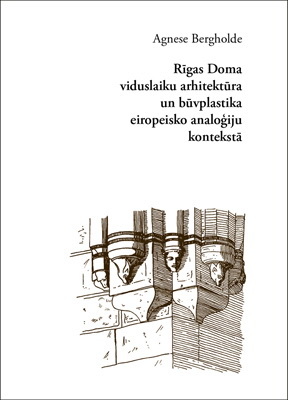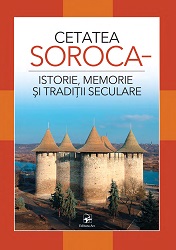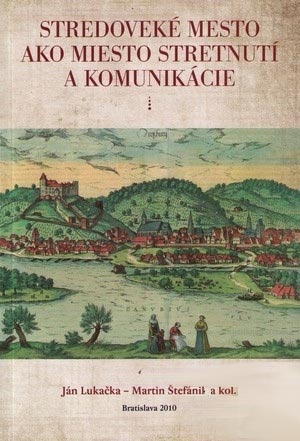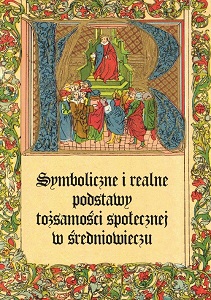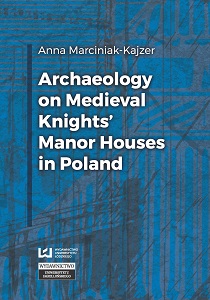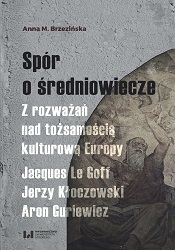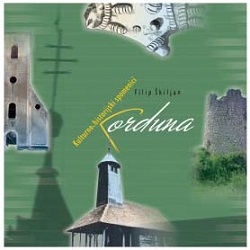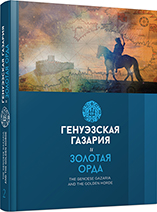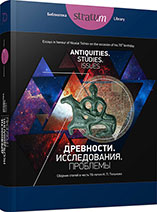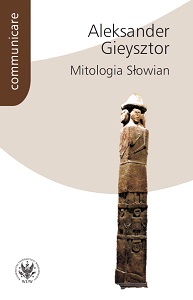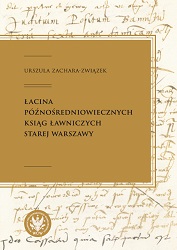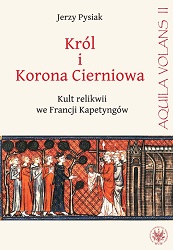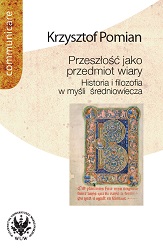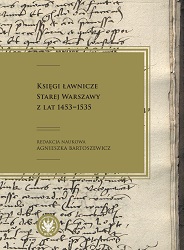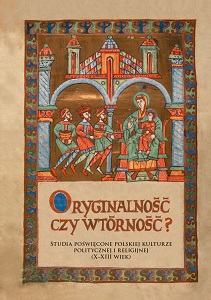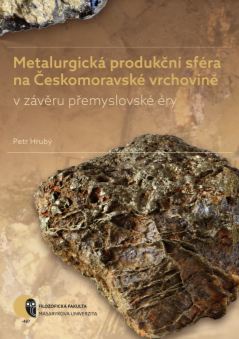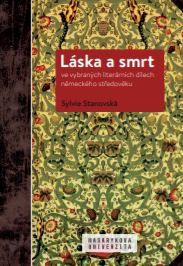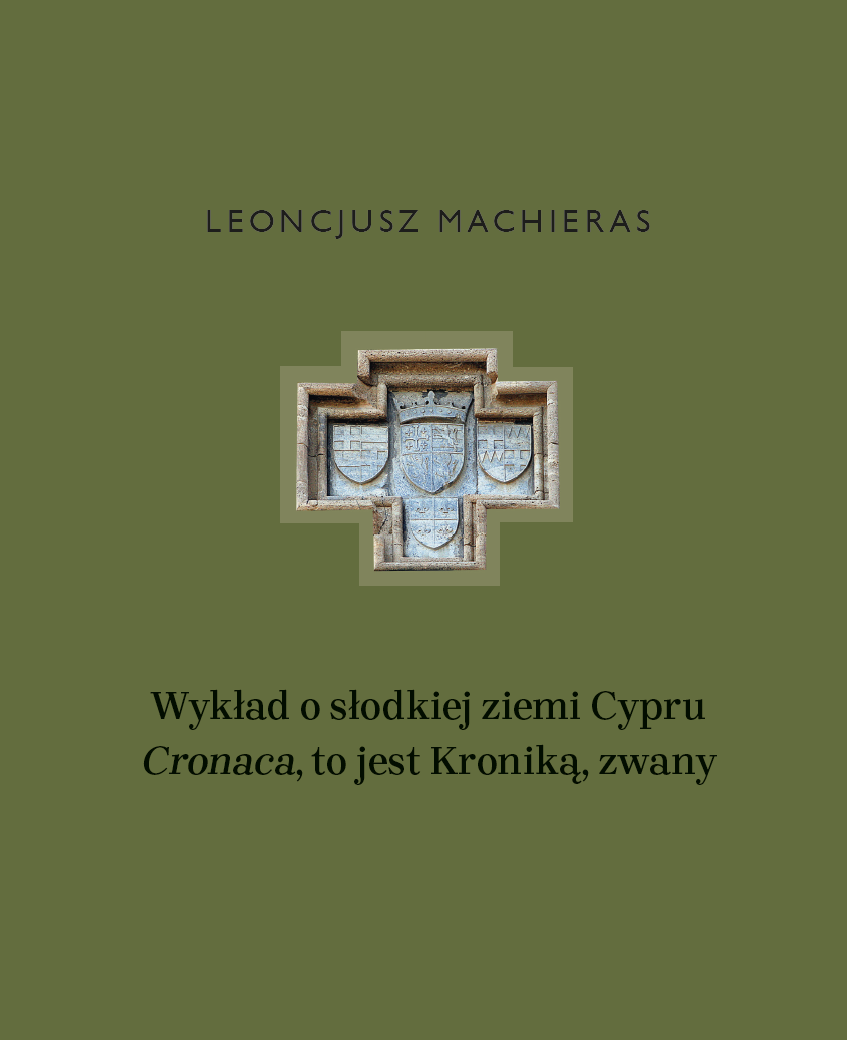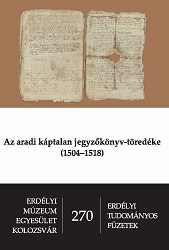
Az aradi káptalan jegyzőkönyvtöredéke (1504-1518)
Beginning with the end of the twelfth century, the most important cathedral and collegiate chapters had undertaken the task of compiling charters and diplomas concerning private legal transactions. During the middle ages the collegiate chapter from Arad was an important “place of authentication” in the southern part of the Hungarian kingdom. This institution was destroyed by the Turkish army in 1552.The archives of the chapter, which preserved the copies of diplomas issued usually in the form of volumes (protocolla), had been transported to Transylvania between 1556 and 1563 and were lodged in the archives of the cathedral chapter in Gyulafehérvár (Alba Iulia). Here, it was the task of the requisitors (“letter searchers”) of the secularized chapter to guard the remained registres from Arad. János Laskay, a humanist requisitor from Gyulafehérvár, wrote a preface to one of these volumes in 1580. This text and a few fragments from the register are the only remains of these archives. The volume begins with an introductory study about the life and activity of János Laskay and the charter-issuing activity of the place of authentication from Arad. The introduction is followed by the transcribed latin preface written by Laskay, which focuses on the role of the places of authentication as archives. The volume continues with the Hungarian abstracts (regesta) of the charters preserved in the medieval register and a list of the canons from this period. The Hungarian regesta contains among the juridical transaction all the important historical data, all the names (denomination of places and persons) and other details which could be useful for farther historical research.The index includes every personal name and all the toponyms, but it is also a register of subjects.
More...
